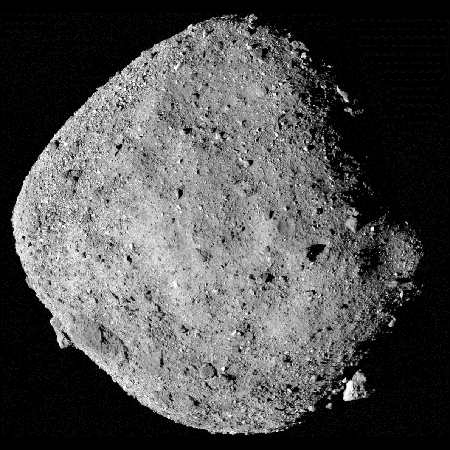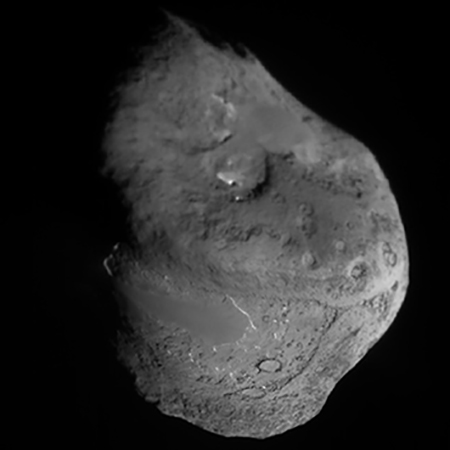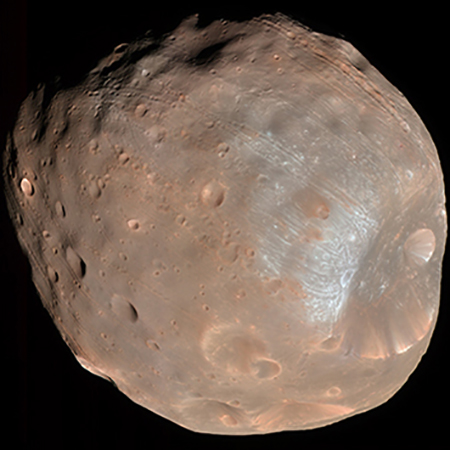Overview
Spacecraft missions return massive amounts of valuable data, but those data can be hard to access, analyze, and interpret. Asteroids, comets, and small moons present additional challenges: the irregular shapes of these bodies are ill-suited for two-dimensional projections.
The Small Body Mapping Tool (SBMT) addresses these challenges. The SBMT is an interactive tool that allows users to visualize and manipulate small body shape models in three dimensions. The Tool enables quick and easy searches for spacecraft data of a variety of small bodies. Once selected, data can be projected directly onto the shape models, and built-in analysis and mapping capabilities facilitate scientific investigations. Click here to explore the broad range of objects and datasets available in the SBMT.
The SBMT has been used by several flight mission teams, including Dawn, Rosetta, OSIRIS-REx, and Hayabusa2. Mission-specific shape models, data, and features will be available to all SBMT users once the mission data become publicly available.
Currently, the best reference to cite for the SBMT is Ernst et al., 2018, The Small Body Mapping Tool (SBMT) for Accessing, Visualizing, and Analyzing Spacecraft Data in Three Dimensions, LPSC 49, abstract no. 1043. Click here for a list of papers and abstracts that have described or used the SBMT.

Asteroids
Bennu, Eros, Itokawa, and more

Comets
Tempel 1, Wild 2, and more

Moons
Phobos, Deimos, Hyperion, and more